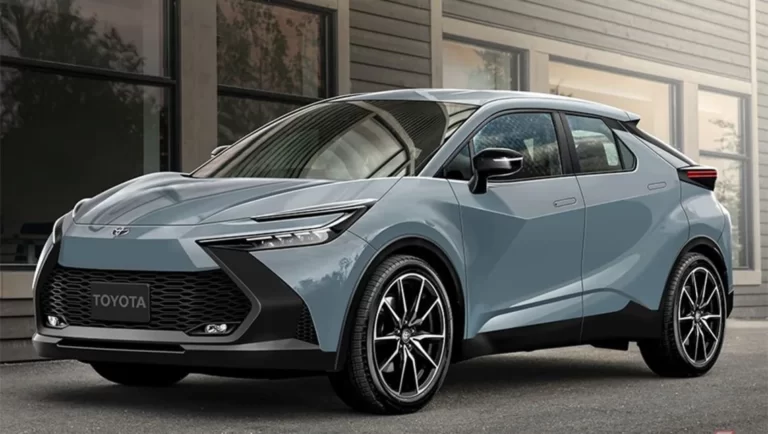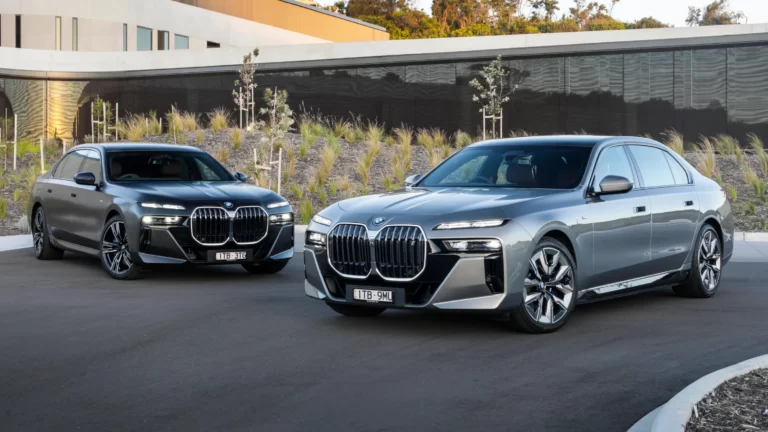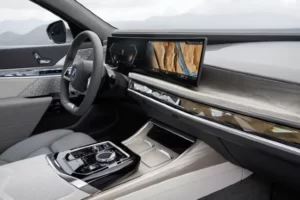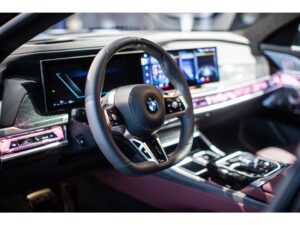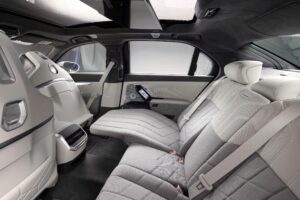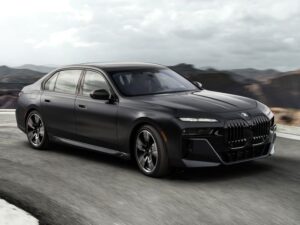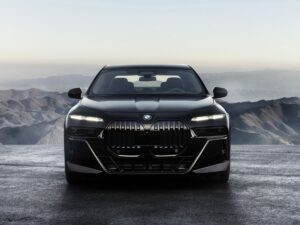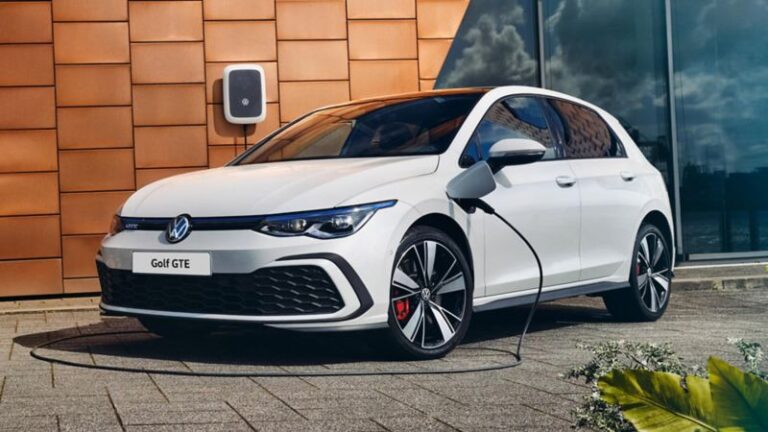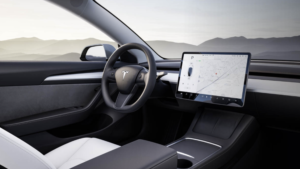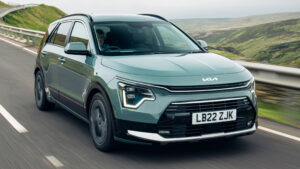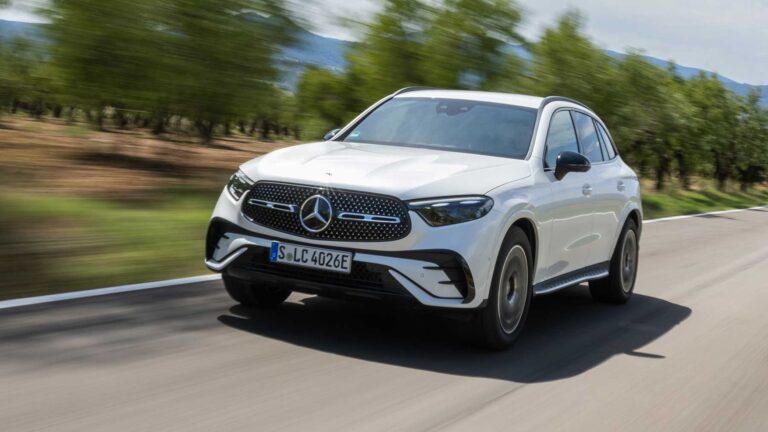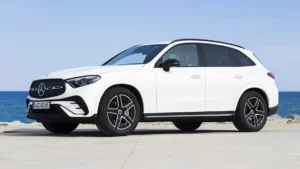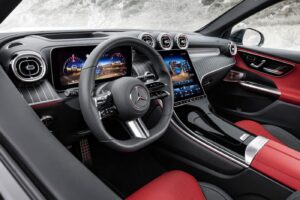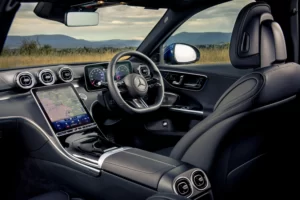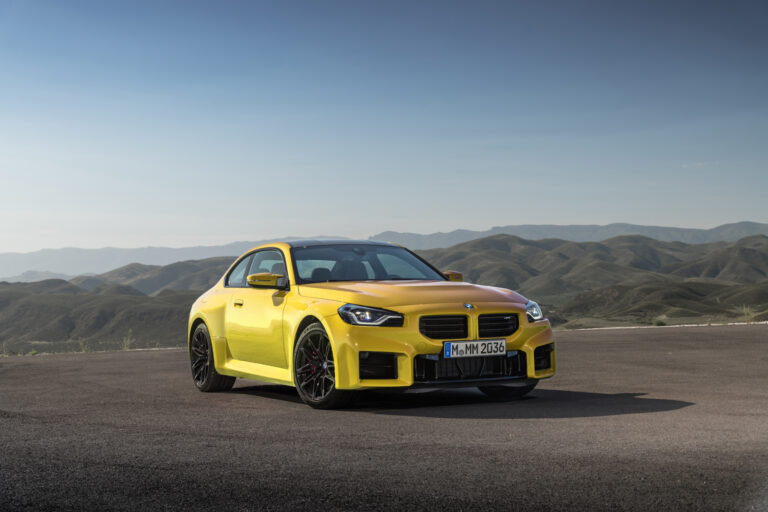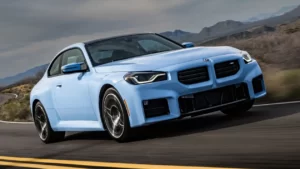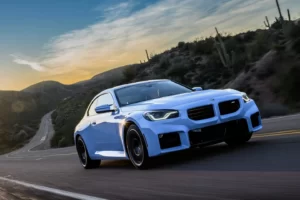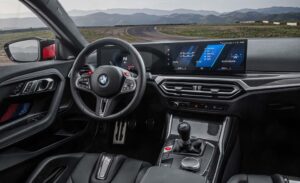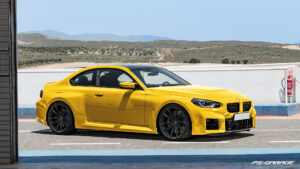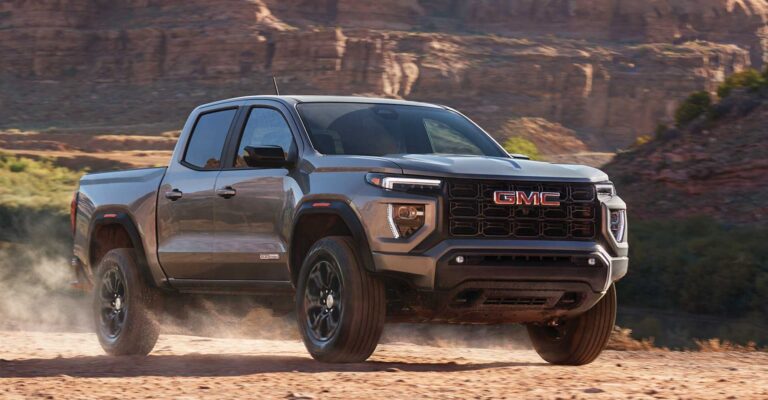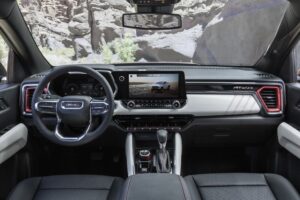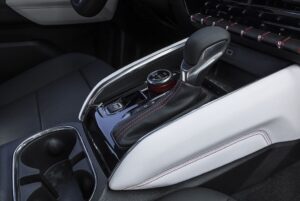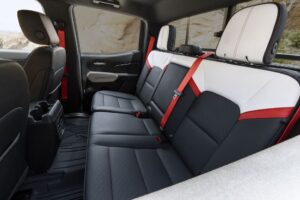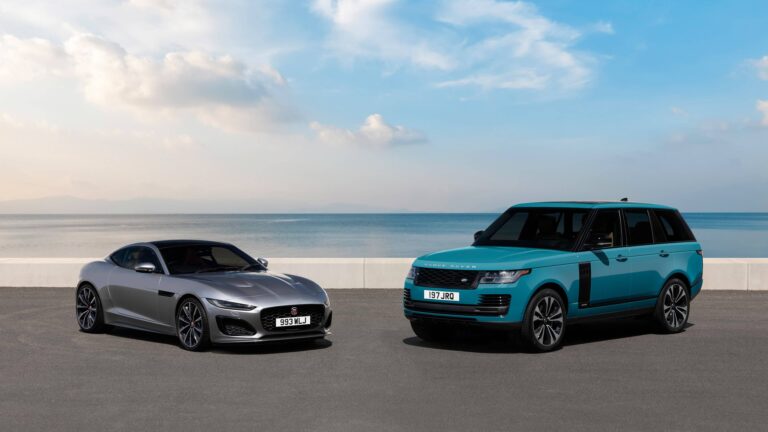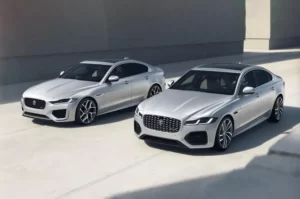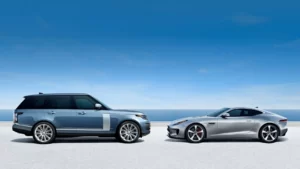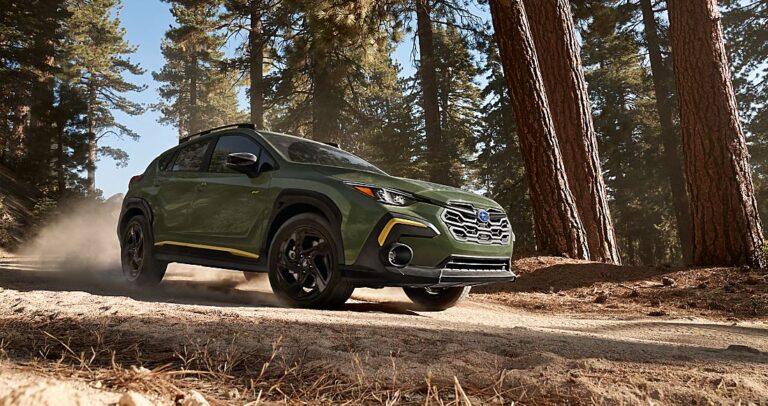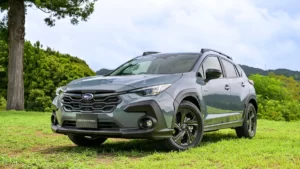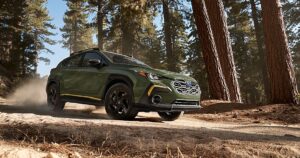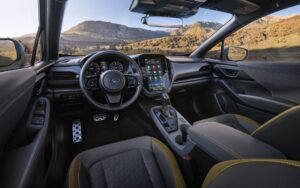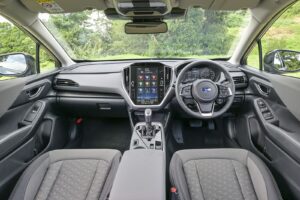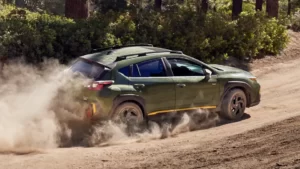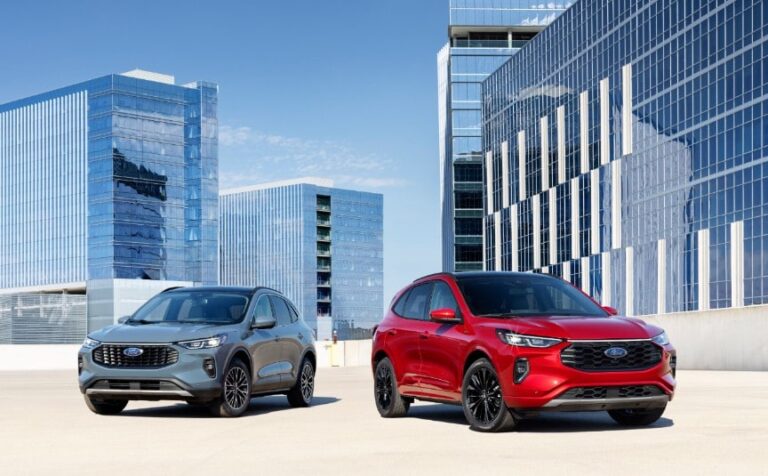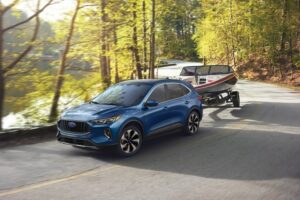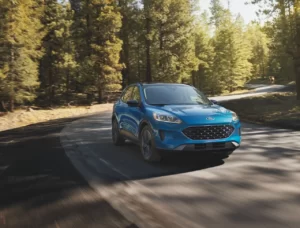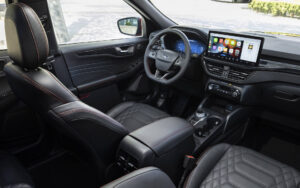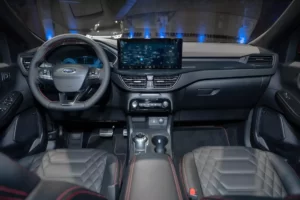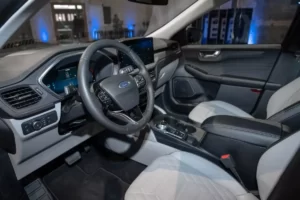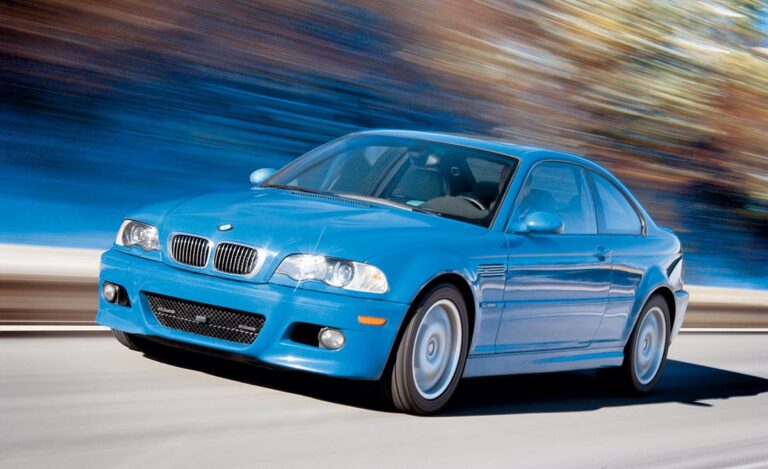This is the first official picture of the new 2024 Toyota C-HR – now confirmed to make its full world debut on 26 June 2023.
It’s another compact crossover, with the emphasis firmly on style over space: a swooping roofline is clearly visible in our unofficial photographs of the next-gen C-HR and this teaser pic shows the on-trend full-width light bar, illuminated here to spell out the model’s name in full.
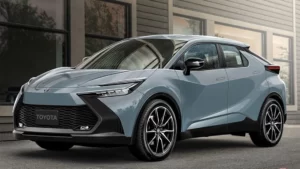
No details have been formally announced ahead of the premiere. A statement said: ‘Toyota is pleased to announce that the all-new Toyota C-HR will make its world debut on 26 June. The premiere event will reveal a sophisticated, compact SUV with edgy design and advanced technologies.’
The new 2024 Toyota C-HR: what you need to know
We’ve already papped pre-production prototypes of the forthcoming Toyota C-HR testing at the Nürburgring circuit in Germany (below). In many ways the hybrid crossover follows on from the bold design of the new Toyota Prius – though there is one key difference: this model is actually coming to the UK.
Strong sales of the C-HR have outshone the Prius significantly over here, meaning it’s this car that’ll hit UK shores in late 2023/early 2024 – not the Uber drivers’ favourite hatchback.
The pre-production prototype pictured here has been lightly disguised, but it’s still possible to make out the bold styling already seen in Toyota’s Prologue concept (which you can read more about below). The 2024 Toyota C-HR production car features an aggressive, hammerhead-shaped headlight signature, and pairs it with rear lights that stretch across the back of the car. There’s less to report inside the newcomer’s cabin, though it looks to carry on the theme in contemporary Toyotas such as the bZ4X.
The pictures are less clear, though a decent-sized touchscreen clearly takes pride of place in the middle of the dash.
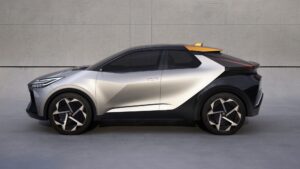
Any technical info yet?
Nothing specific, but Toyota has already confirmed that the new C-HR will be offered as a plug-in hybrid – called the Toyota C-HR Plug-in – as well as in the present version’s self-charging hybrid form. Even the latter is likely to get an upgrade to match the latest hybrid advances coming to the Corolla range in 2023. There is, however, no word yet of a fully electric C-HR. As before, the new model will be built and developed in Europe with European tastes in mind.
Keep reading to find out more about the new 2024 Toyota C-HR – and the full story behind its concept car.
Toyota C-HR Prologue concept: decoding all the clues
The Toyota C-HR was an unexpectedly pleasant surprise when it launched in 2016 and it went on to win Car of the Year from Parkers.co.uk.
Product of Toyota’s European Design Development centre – ED2 – in France, its well-resolved SUV-coupe appearance and deeply honed driving experience set the tone for what Toyota has subsequently become over the last few years. This Toyota C-HR prologue concept previews the new one.
Which is, at least some of us think, genuinely exciting. For Toyota is no longer just a builder of exceptionally reliable cars but ones you might actually desire to own. And with ED2’s foot on the gas for this second-generation model, we could be in for further pleasantries here.
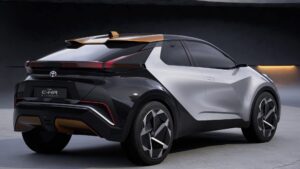
Hold on. I thought Peugeot’s ‘Coupe Franche’ colour schemes had died a death…
It’s tempting to write off the C-HR prologue’s blackened bottom end as some sort of concept-car fancy, but Toyota says this ‘tri-colour’ approach – the third being the ‘sulphur’ accent, most obvious on the roof spoiler – was conceived as an ‘option’ right from the very start of the project.
Use of option perhaps implying we might see something similar in production. For make no mistake, this concept does pave the way towards a production version – Toyota describing it as ‘a first – but very real – vision of a car that will soon be turning heads on roads across Europe.’
That’s the new, second-generation Toyota C-HR now being unveiled in June 2023.
Other notable details about the new design bound for production include the ‘hammerhead’ front end (check out the images looking down on the bonnet for an explanation of that one), smaller grilles and sleeker headlights. The entire thing is intended to appear ‘shark-like – keen and piercing, with a sense of being ready to surge forwards’, claims Toyota (rather excitedly), while as with the current C-HR there is also a heavy diamond theme.
Is the new Toyota C-HR any roomier inside this time?
There are no official pictures of the inside yet, but Toyota is promising a more practical interior.
This despite efforts to also make the new C-HR into something visually sportier. All will be revealed on 26 June 2023.
source: carmagazine



